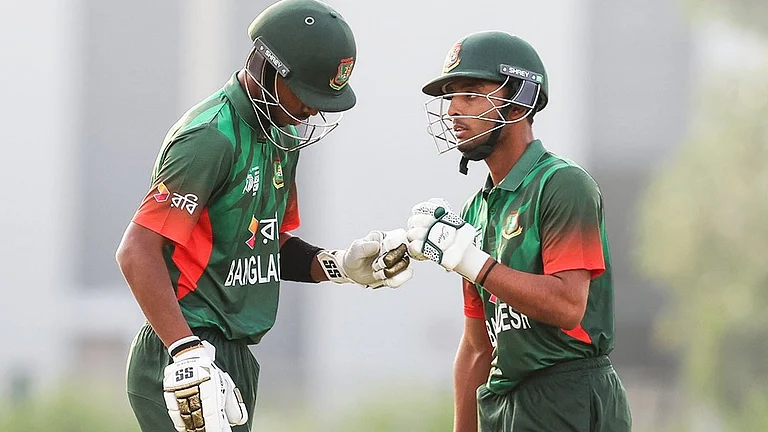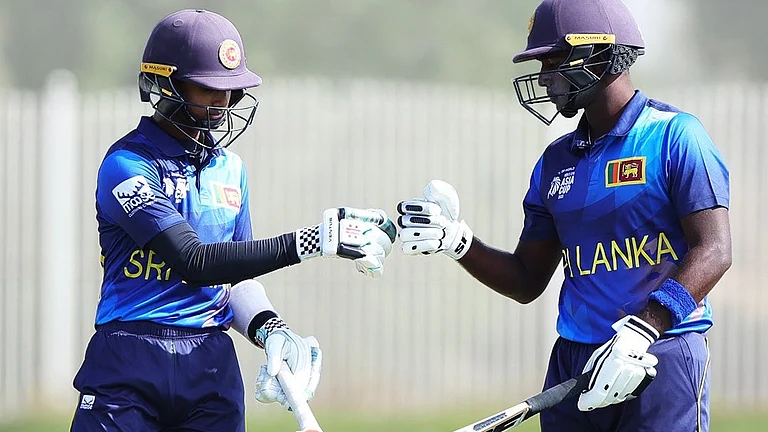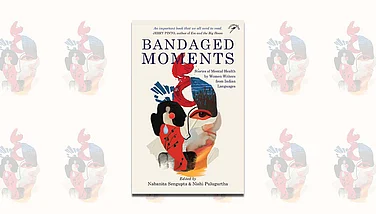The Pakistani novelist Mohammed Hanif once pointed out that despite the cliches of brotherhood and blood, of rogan josh and mamma’s cooking, it is a mistake to assume that India and Pakistan are inhabited by identical folk. Part of the behaviourial difference arises out of the relative importance placed on ‘izzat’, an amalgamation, as Samiuddin points out here, “of honour, respect and repute”. In Pakistan, he says, “izzat crops up everywhere, like those casual bystanders who emerge at a road accident”.
It is a concept crucial to Pakistan’s cricket and the Pakistani polity itself. This superb history tells the story of a country through its popular sport. There is passion here, knowledge, and a wonderful lightness of touch. The mosaic is stunning both for the big picture and in the detail. The story of Fazal Mahmood and Pakistan’s first Test series against India in the 1950s has within it the delightful anecdote of a young lady wishing him good luck but telling him simultaneously his side couldn’t win. Thus did Indira Gandhi reconcile the duties of host and patriot!
The Pakistan team has always been a standing example of the anti-cliche in sport. When they won, it had little to do with teamwork. In 1992, Imran Khan was barely on speaking terms with his senior players when Pakistan won the World Cup. Soon, it got worse when the players felt he had spent too much time at the post-match speech extolling the virtues of the cancer hospital he was building and ignored those who had helped win the title. It has been the most controversial and exciting of teams to have played the game. Contradictory too. As capable of restricting a day’s play to 104 runs (the same day, sadly, when the US President Dwight Eisenhower came to the stadium to watch), as of honing their skills beyond mere excellence and into the realm of invention. The reverse swing and the doosra, for instance, were invented in Pakistan.
The headings in the five main sections tell us what to expect—The Arrival, The Regression, The Transformation, The High, The Unravelling. It starts with the dramatic win in England on Pakistan’s first tour in 1954 and takes in the recent match-fixing. The architecture is interesting. Each section is narrated through the stories of one or two of its prominent players; the linear narrative is often set aside in favour of a more rounded one, where common elements across decades feature. Thus Kardar, Fazal Mahmood, Hanif and Mushtaq Mohammad, Imran Khan, Javed Miandad, Wasim Akram walk in and out of the sections suggesting the historical inevitability of events. This is as much history repeating itself as the past borrowing from the future.
The triumph and tragedy of Pakistan cricket is a moving story. “When a country is in the process of hurtling violently and furiously towards its definition every single day, retrospection is an unnecessary pit stop,” says Samiuddin in the prologue. By ignoring his own advice, however, he has given us a volume to cherish. The irony is, while Pakistan feels most at home with cricket, there has been no international cricket at home, following the attacks on the bus carrying Sri Lankan players six years ago. Will Pakistan cricket survive? “Pakistan appears to live fullest when imagining its own imminent death,” writes Samiuddin, in response to that and the larger question it is part of.
(Suresh Menon is Editor, Wisden India Almanack)


























